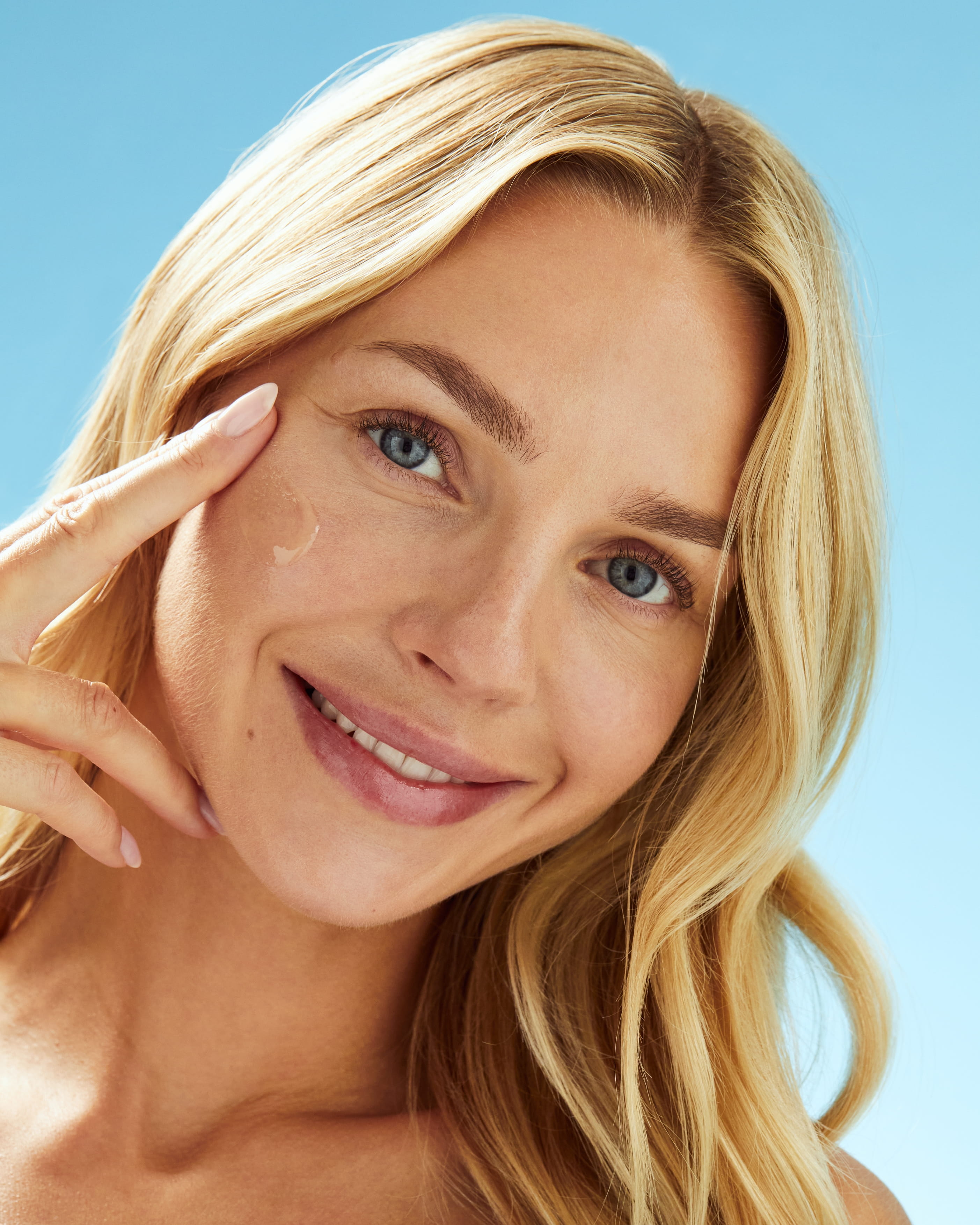
Sun Spots on Skin
The ultimate guide on sun spots, discover everything you need to know about sun spots, their causes & how can they be prevented.
Help for Sun Spots on Skin
Sun-induced Dark Spots, also known as “sun spots” on the skin are common, particularly as people age. While generally harmless, they can affect the overall appearance and radiance of the skin. Learn more about what causes sun spots, how to help reduce their appearance, and how to help prevent them.
What are sun spots?
Where do sunspots develop on the body?
6 places you can find sun spots
What causes sun spots?
4 causes of sun spots
How to help prevent sun damage that can lead to sun spots
Can you get rid of sun spots on the skin?
Can Coppertone help with the appearance of sun spots?
FACTS OVERVIEW
Sun spots facts
SUMMARY


